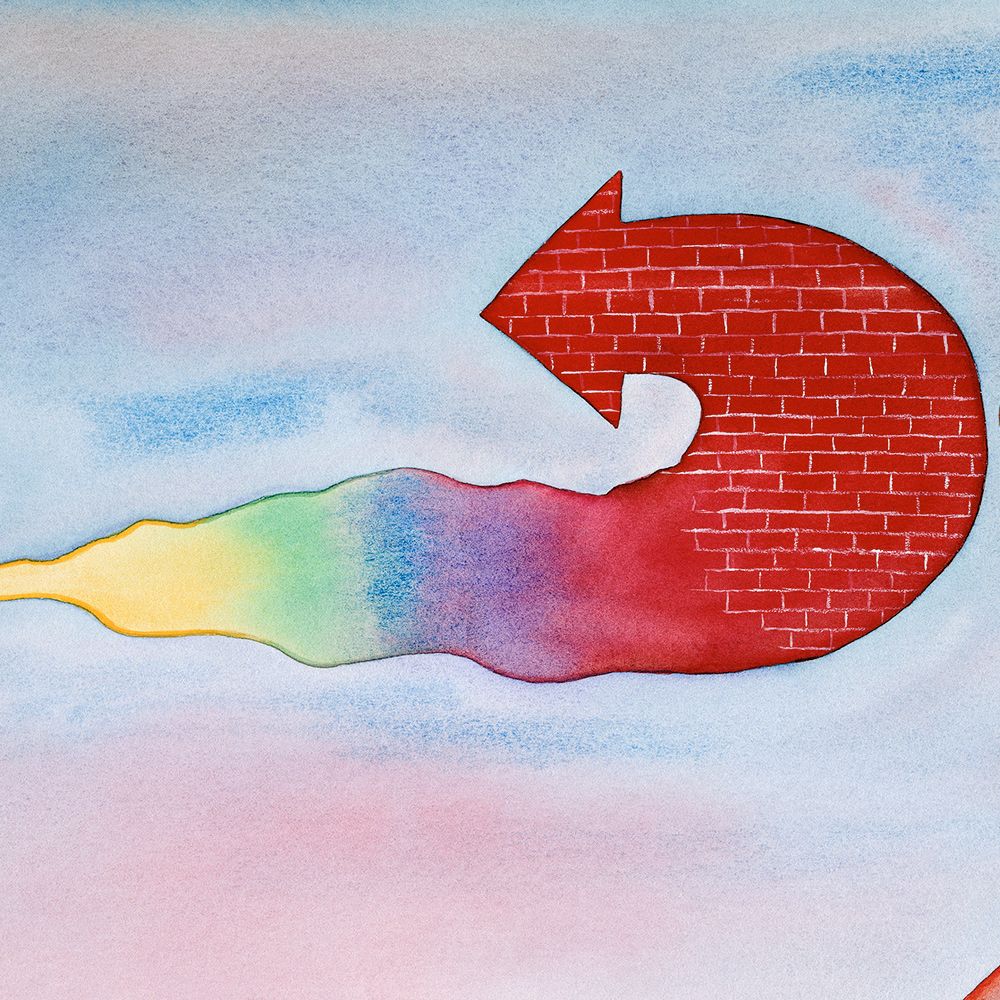
Skin Cancer/Melanoma
Latest News





Surgery is still the most promising treatment option for many patients with melanoma, says Giorgos C. Karakousis.

Checkpoint blockade immunotherapies like Keytruda are increasing the OS rates for patients with advanced melanoma.

Melanoma cancer survivor is grateful and feels like she discovered that she is allergic to air.

Patients with melanoma who were treated with a combination of Opdivo and Yervoy showed no significant changes in their quality of life when compared to those who were treated with either agent alone.

Why is the development of vitiligo a predictor of good response in patients taking immunotherapy for melanoma, and what can scientists learn from this?

Triple wild-type melanoma may not respond to approved targeted drugs, but immunotherapy can be an excellent option.

In the fast-moving world of melanoma treatment, new therapeutic options for patients with metastatic disease are emerging faster than oncology researchers can establish guidelines for their optimal clinical use. That is raising questions about which should be the firstline choice in metastatic melanoma — targeted drugs or immunotherapy — and how these drugs should be sequenced.

In clinical trials, melanoma remains a ripe discovery ground for the application and combination of immunotherapies and targeted drugs.

While many people rely on sunscreen for protection from sunburn and its negative effects, sun avoidance may be more beneficial, especially for people who had non-melanoma skin cancer.
















